
Quebec with Christine - 2025
After many years of wanting to visit Quebec, this year seemed to be the perfect time.
Montréal and Quebec City are continuously rated among the top five destinations to visit in Canada yet I had never visited these two well known cities. In planning my visit, I also wanted to explore the countryside between Montréal and Quebec. Flying into Montréal, we rented a car and explored the scenic drive of Route 138 from Montréal to Trois Rivières and onto Quebec City, taking advantage of the short time we had to see and experience as much as we could.
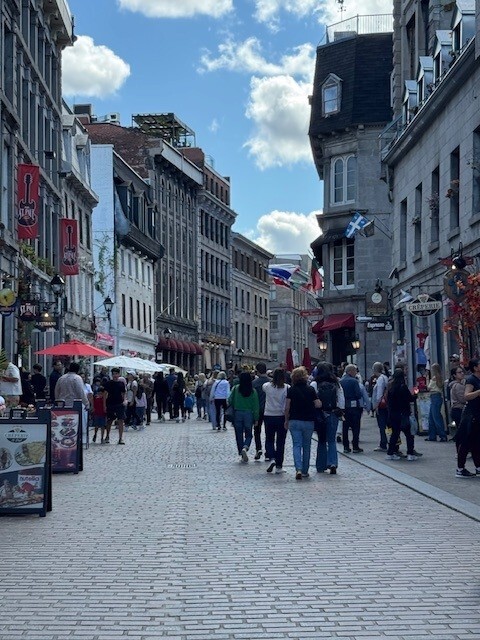
We set out from Montreal on Route 138, the Chemin du Roy. Driving Route 138 from Montreal to Trois-Rivières is more than just a way to get from one city to another—it is known as the “Chemin du Roy” or “King’s Road,” Route 138 is one of the oldest highways in North America, dating back to the early 18th century when it linked Quebec City and Montreal. Today, it still carries that sense of history, and is a charming alternative to the fast-moving Highway 20. Unlike the highway, this route winds along the St. Lawrence River, through picturesque villages dotted with stone churches and small local shops. The route is rich with history and culture.
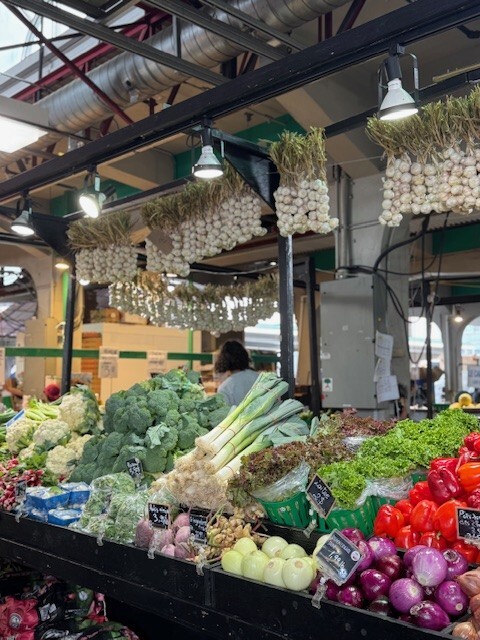
Towns like Repentigny, Berthierville, and Louiseville each have their own heritage sites and local museums that reflect Quebec’s French colonial past. Many communities showcase preserved stone houses and roadside markers that tell the story of the King’s Road. For those who enjoy mixing history with leisure, there are plenty of opportunities to explore small markets, antique shops, and family-run restaurants along the way. Nature lovers will also appreciate the scenery. The St. Lawrence River often comes into view, the roadside is lined with homes, stretches of Parks and rest areas along the river that provide peaceful spots for a picnic or a short walks.
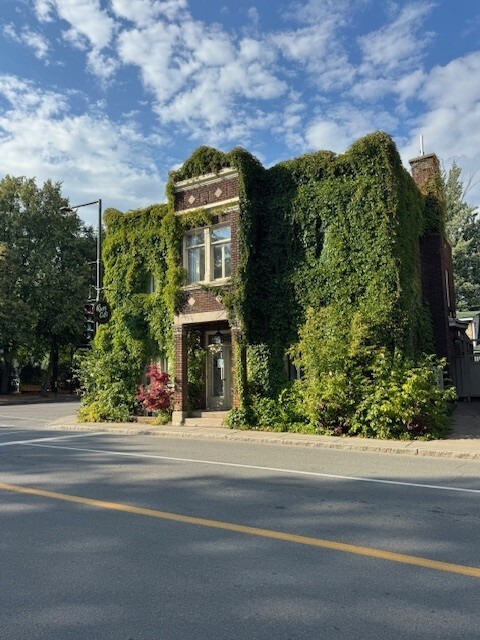
Route 138 eventually led us to Trois-Rivières, Quebec’s second-oldest city. Trois Rivières blends history with a relaxed riverside vibe. The old downtown is compact and easy to walk, with cobblestone streets, cafes, shops and the impressive Cathedral of the Immaculate Conception at its heart. The waterfront is a great spot to stretch your legs and watch the sunset over the St. Lawrence. We roamed the city independently (our preferred way to see sights and explore any new destination we visit) and stumbled upon a lively basement-style bar, cute and quaint, we couldn’t resist making a stop for a drink only to realize it was Jazz night and a trio of Jazz musicians, who had never played together before, were doing a two-hour jam session. A ‘one off’ experience, we felt what it was like to be a local and giving us an opportunity to meet new friends and enjoy some exceptionally good jazz music.
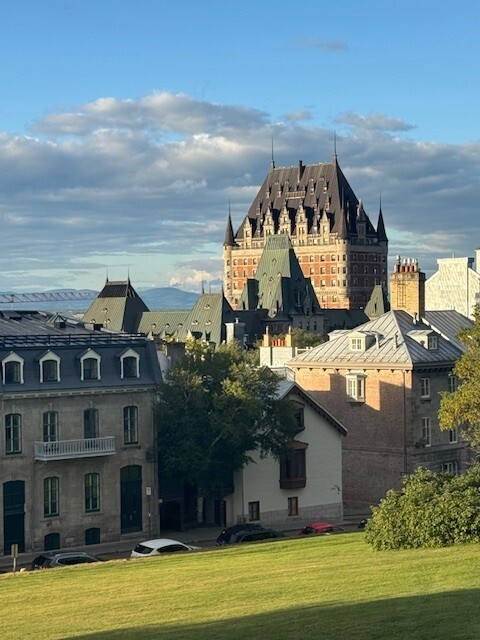
After enjoying a short stay in Trois Rivières, we made our way to Quebec City. Quebec City is the only walled city north of Mexico, and wandering through Old Quebec, a designated UNESCO World Heritage Site, really does feel like being in France. The Château Frontenac towers over the skyline, and from Dufferin Terrace the views of the river are spectacular. I spent hours in the Petit-Champlain District, one of the oldest commercial streets in North America, browsing artisan shops and enjoying the cozy cafés.
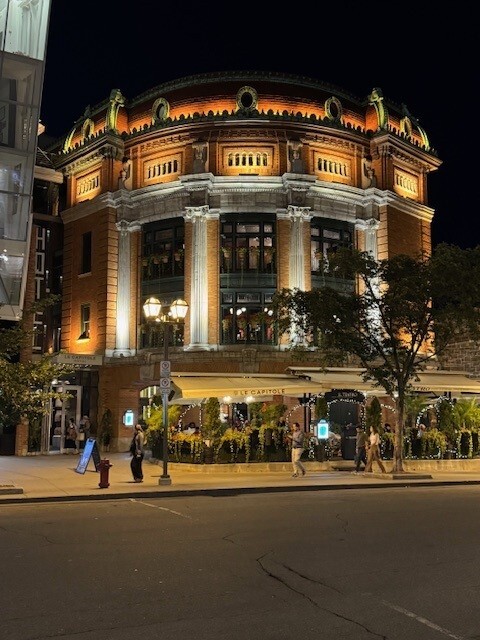
History abounds in Quebec City. A visit to the Plains of Abraham and the Citadelle give a vivid sense of Quebec’s past, while just a short drive outside the city, Montmorency Falls impressed me with its power and beauty, a spectacular sight viewable from the highway, you pay an entrance fee that will allow you to walk the pathways along the falls or climb the 487 steps to the top where you can view the falls from a suspension bridge above. For those who don't want to climb the stairs, a gondola ride is available for an additional fee. Montmorency Falls is without a doubt one of the most striking natural wonders in the Québec City area. Stretching upwards a spectacular 83 meters, it was interesting to learn that Montmorency falls are 30 meters higher than Niagara Falls.
Another recommended place to visit is Île d’Orléans located just minutes from the bustle of Old Quebec City. The island is dotted with six small villages, each with its own charm. Driving along the island’s scenic roads, we passed orchards, vineyards, and farmland that stretched to the St. Lawrence River. Various stops allow you the opportunity to taste and purchase locally made ciders, artisan cheese, chocolates and fruits. Dotted with historic churches and centuries-old stone houses reminded me of the island’s deep French heritage. Quebec City truly offers a mix of history, culture, and natural beauty that makes it an unforgettable destination.
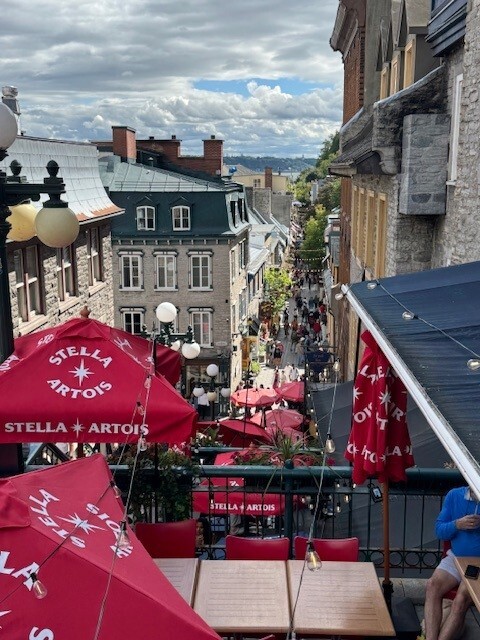
After three days exploring Quebec City we made our way to Montréal, this time taking highway 20, approximately a 3 hour drive on the main highway, it is an easy and comfortable drive. Arriving into Montréal, we could see the iconic silhouette of Mount Royal and it is clear why Montreal has been referred to as 'The City of Spires' as it has a historically large number of churches, the steeples adding a beautiful architectural and historical view of the landscape.
After arriving at our hotel, we set out to explore our favourite way, on our own. Main and side streets are lined with restaurants and shopping. Old buildings mix with the new, French influence is everywhere from the conversations you hear on the streets to the aroma’s from boulangeries and the graceful architecture of old Montreal with its cobblestone streets and centuries-old buildings, yet the old and new mix effortlessly. Montréal is still a very North American city with modern skyscrapers, busy shopping streets and buzzing nightlife.

Everywhere I went, Montreal felt both relaxed and exciting — a city that invited me to slow down, yet tempted me to keep exploring around every corner. We walked everywhere, exploring the neighborhoods with colorful townhouses and spiral staircases we made our way to Little Italy and wandered through the Jean Talon Market. Immediately entering the market you see rows of open air stalls bursting with colorful fruits and vegetables, flowers, artisanal cheeses, fresh baked goods, fresh seafood and food stalls. It is clear why this is one of North America’s largest and most popular markets. It is a place that celebrates culture with vendors, often offering free samples. A visit to the Jean Talon Market becomes as much a tasting tour as much as an open air market.
Visiting Quebec felt like stepping into a world that was both familiar and entirely new.
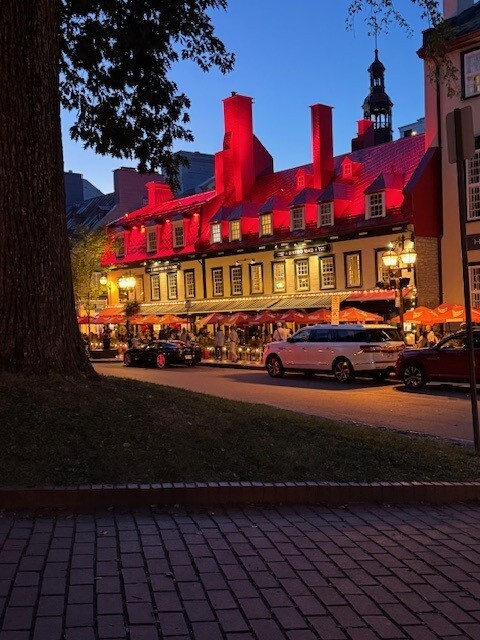
From the journey on Route 138 to Trois Rivières, Quebec City and Montréal, each stop revealed a different side of the provinces character. Reflecting back, I realize that my trip to Quebec offered me more than just sights to see but it gave me the experience of culture, history, heritage and, of course, the hospitality that Canada offers, and of which we, Canadians, are proud of.






